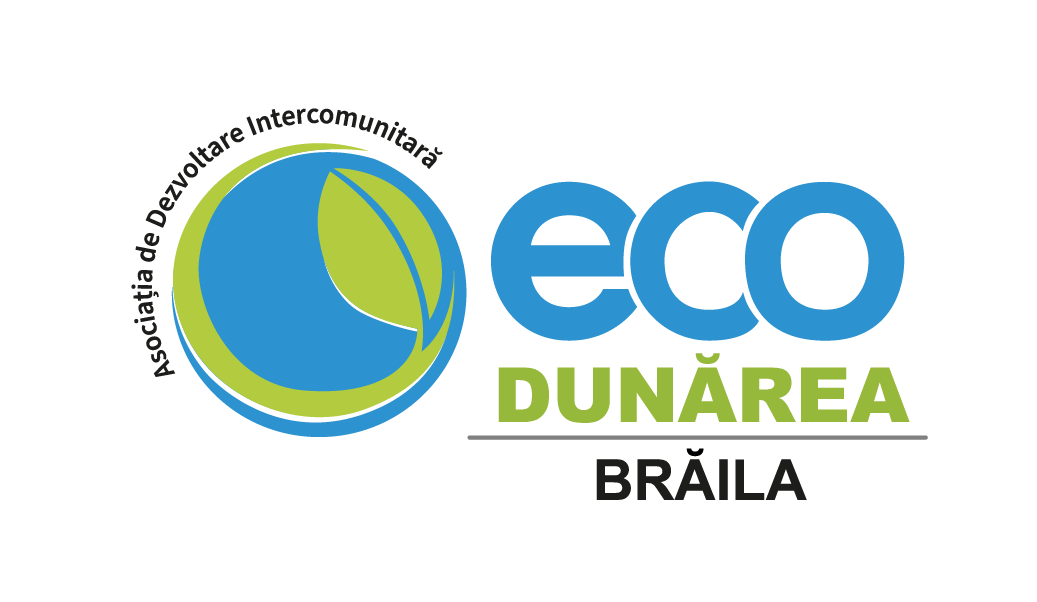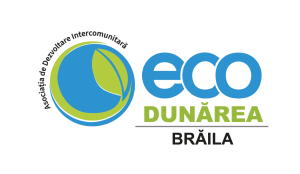This method enhances gross profit understanding by directly what is the matching principle in accounting linking revenue to specific inventory costs. Inventory valuation is crucial for businesses to accurately report financial performance and manage tax obligations. Among various methods, the specific identification method stands out due to its precision in tracking individual inventory items.
- In reality, it’s unlikely that NewCo would account for baseball bats using the specific indentification method.
- Our in silico validation underscores ABIapp’s robustness, achieving over 70% accuracy for nine of the ten genetic markers.
- The ending inventory is calculated by adding up the same at the end of the accounting period.
- DlCOL gene family members play key roles in photoperiod, circadian rhythm, hormones, and stress pathways, demonstrating the diversity of DlCOL functions.
- For instance, a custom furniture manufacturer allocates costs for each piece by factoring in materials, labor, and design customization, ensuring financial statements reflect the true cost of each sale.
- In the phylogenetic tree of DlCOL, two genes, DlCOL5 and DlCOL10, are located in a common evolutionary clade (Group II).
Meanwhile, the specific identification method uses the cost of the actual units when computing COGS and ending inventory. For an efficient and effective specific identification inventory system, your business must have a detailed inventory stock-keeping system that tracks each item of inventory separately. For instance, individual inventory items might be tracked by unique serial numbers, addresses (for real estate), or title numbers. Studying the advantages and disadvantages of a financial concept like specific identification method stock sales is necessary in order to have a clear idea about it. This helps us to identify the situations or businesses where such methods and concepts can be implemented in a profitable and optimum cost of goods sold definition manner. Since the calculation of specific identification method of inventory valuation requires a lot of details about the inventory, it may not be suitable for all businesses.
What Is the Specific Identification Method in Inventory Valuation?
This method ensures that the ending inventory is valued at the actual cost, providing an accurate reflection of the inventory’s worth. For example, a car dealer sold a 2021 Ford Explorer with a vehicle identification number (VIN) ending 3716. The dealer has several 2021 Ford Explorers in their lot, so records must show the cost of this specific 2021 Ford Explorer separately.
Specific Identification Inventory Method
- As profit depends on the cost of goods sold, the method chosen will affect the profits of a business.
- COL gene family members can affect flowering time by regulating the plant response to photoperiod, which is a key factor in controlling plant growth and development 21.
- A specific identification inventory system tracks inventory with item identifiers, such as serial numbers or bar codes.
- These genetic distance values were then processed in Wolfram Mathematica 12.1 to derive estimated cut-off genetic 28 distance values for each taxonomic level using the unsupervised K-means clustering algorithm.
- The COGS under the specific identification method is the sum of all the costs assigned to inventory units that were sold during the period.
- It bought 20 of them in January for $2 apiece, 30 of them in March for $2.50 apiece, and 50 of them in June for $2.60 apiece.
This research was funded, in whole or in part, by the Wellcome Trust 220211 and the Cooperation for Excellence Project Mahidol University – NSTDA MU-NSTDA-2566–01. For the purpose of Open Access, the author has applied a CC BY public copyright license to any Author Accepted Manuscript version arising from this submission. The funder had no role in the study design, data collection, and interpretation, or the decision to submit the work for publication. When a product is purchased, its cost—including purchase price, shipping fees, and handling costs—is recorded against its identifier.
Step 4: Valuing Ending Inventory
The robustness of ABIapp for determining helminth taxonomic boundaries was also validated for its classification accuracy via in silico methods and the use of actual specimens. The database of genetic distances for ABIapp will be updated annually to keep up to date with the increasing number of sequences available in molecular databases. ABIapp represents a new frontier for helminth taxonomy that is now readily available for researchers in helminthology. Parasitic helminths exhibit significant diversity, complicating both morphological and molecular species identification.
For example, in mangoes, MiCOL16A and MiCOL16B are highly expressed in leaves 51. In rice, Ghd2, a COL gene, is mainly expressed in the leaves and is involved in the regulation of leaf senescence and drought resistance 52. In this study, we examined the transcript levels of 10 DlCOL genes in flowers, stems, leaves, roots, and other organs.
Challenge 3: High Implementation Costs
Accurate inventory valuation directly affects the cost of goods sold (COGS) and gross profit margin, influencing a company’s financial health and tax obligations. The cost of ending inventory under specific identification is the sum of all the costs assigned to each inventory item, such as accumulated cost of Unit A, Unit B, and so on, that haven’t yet been sold. Because costs are assigned to specific units of inventory, no cost flow assumption is required, and it’s simple to identify the costs remaining in ending inventory. Sometimes, the process can be done simply by an employee laying eyes on the items and marking them down on a piece of paper. In an age where technology and computer programs seem to run everything, the specific identification method is used in a similar way; however, inventory counts are recorded in a database. Individual tracking of cost – Each item manufactured or purchased needs to have a proper record of its cost, which will be unique for all in case of specific identification method for inventory costing.
Most genes were expressed in the leaves and flower buds, including DlCOL1, DlCOL3 and DlCOL9, which were expressed in all organs, and the highest levels were expressed in flower buds. The expression levels of DlCOL10 and DlCOL5 were significantly higher in the leaves but low or no expression in other organs. Finally, by validating the classification accuracy of ABIapp through in silico methods and using actual specimens, we have demonstrated its accuracy and applicability to a broad range of helminth species. For our molecular analysis, we chose the mitochondrial 12S and 16S rRNA, COI, and the nuclear 18S rRNA genes as indicative genetic markers. The rationale behind selecting these four genetic markers is the availability of primers that target a wide range of species across nematodes, trematodes, and cestodes. PCR was conducted in a final volume of 30 µl, comprising 15 µl of 2X i-TaqTM mastermix (iNtRON Biotechnology, Gyeonggi, South Korea), 10 µM to 50 µM of each primer, and the template DNA.
Additional file7 (XLSX 19 KB)
The Specific Identification Method is complicated to apply to items that are interchangeable and therefore cannot be used for such inventories. Inventory Valuation is the process of putting a value on the inventory that is being held by a business. Sign up to receive more well-researched small business articles and topics in your inbox, personalized for you. Say an investor owns 1,000 shares of ABC company, a volatile small-cap manufacturer. It includes 400 shares purchased for $40 per share, 300 shares at $60 per share, and the remaining 300 shares at $20 per share. CFI is the global institution behind the financial modeling and valuation analyst FMVA® Designation.
Companies that deal with high-value items such as jewelry, handicrafts, etc., mainly use the Specific identification method as it keeps a record of each of such items having a high value. Retailers who sell luxury goods usually a specific serial number or batch number or any other unique identifier and so they benefit from this method of inventory tracking. It is an alternative to the commonly used inventory valuation how to make entries for purchase method such as FIFO (First in, first out), LIFO (Last in, first out) or Weighted Average method. Firstly, ABIapp has a higher classification accuracy than other available online platforms (75% obtained for ABIapp while the other three platforms ranged from 35 to 45%). The higher accuracy could be due to its use of specific sequence information from a helminth reference database. Although other platforms are available online, ABIapp offers a helminth-specific database, enhancing and increasing the accuracy for species identification.
This is particularly important in industries with significant cost variations, such as electronics or luxury goods. We have 20 of the red (Nov. 15) batch left, and three of the green (Oct. 15) batch left. So far we’ve purchased 35 bats and we’ve sold 12, so there should be 23 bats on hand in the store. Let’s assume we’ve not lost any to “shrinkage” (breakage, customer theft, or employee theft) and that our perpetual records match our physical count.
The availability of ABIapp to the community of helminth researchers may further enhance research in the field of helminthology. This method is applicable when individual items can be clearly identified, such as with a serial number, stamped receipt date, bar code, or RFID tag. The FIFO method uses the earliest unit costs to determine the cost of units sold during the year, or COGS.
This method ensures precise financial reporting and helps in understanding gross profit by directly linking revenue to specific inventory costs. Various methods, including those based on phylogenetic reconstruction or distance-based calculations, have been employed to determine species boundaries among organisms. Notable among phylogenetic methods are the Bayesian modeling approach, the General Mixed Yule Coalescent (GMYC) and multi-coalescent model approach, and the Poisson tree processes (PTP) model 11,12,13,14,15,16. For instance, Pons et al. (2006) applied the GMYC model for beetle speciation 12, while Yang and Rannala (2014) integrated gene trees using multiple loci 15. The K-means method uses clustering to partition datapoints to minimize the within-cluster sum of squares to minimize the pairwise squared deviations of points in the same cluster.


